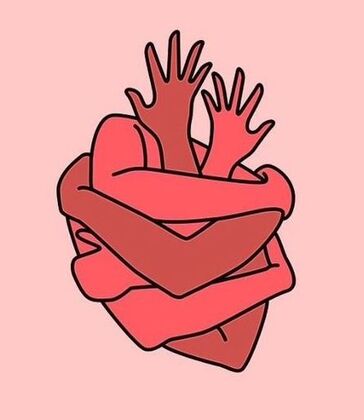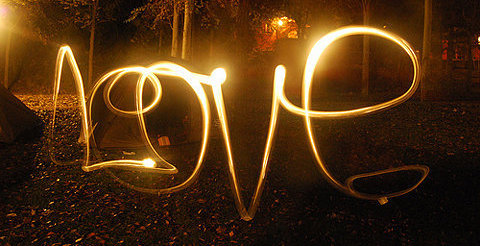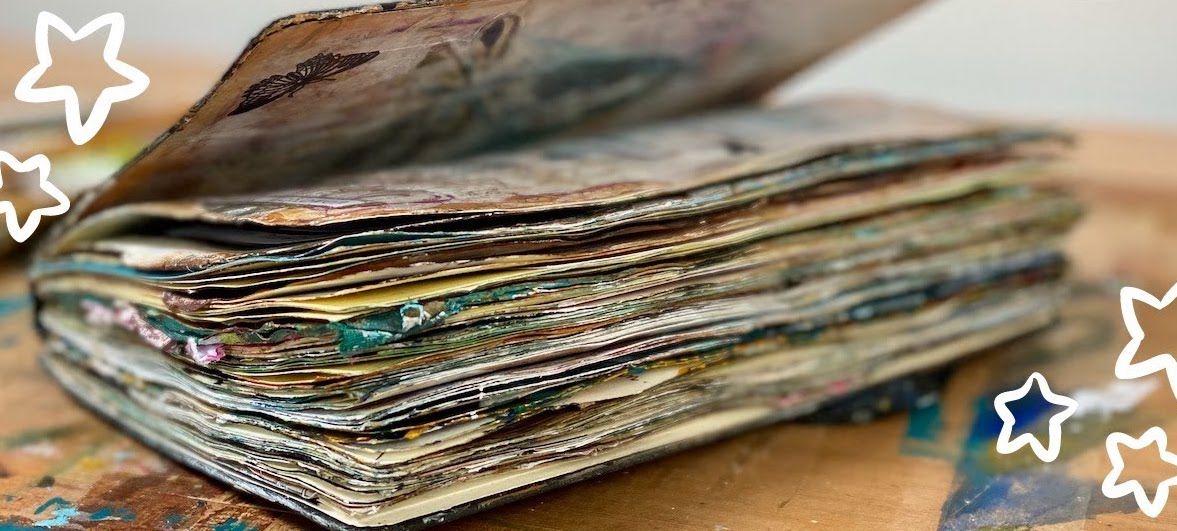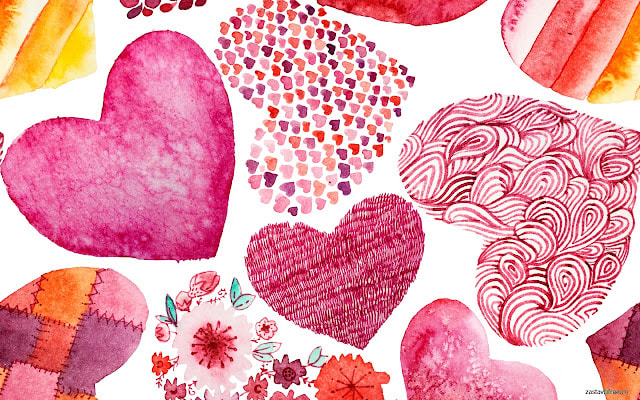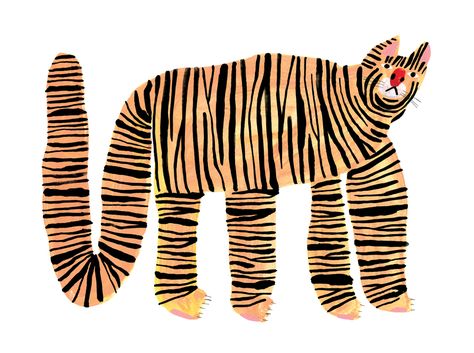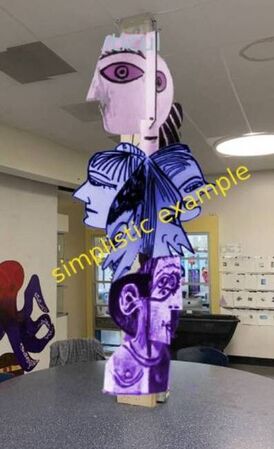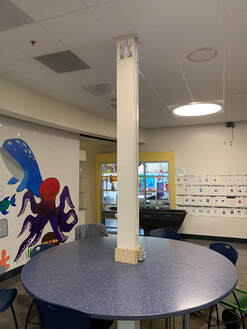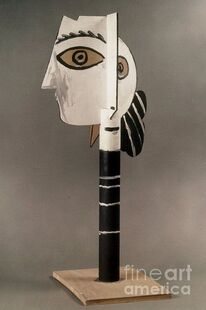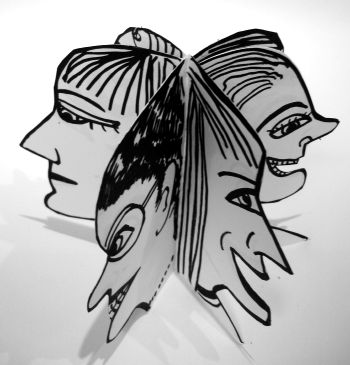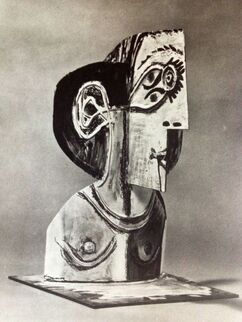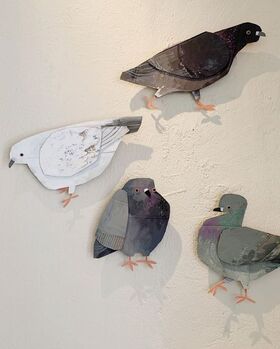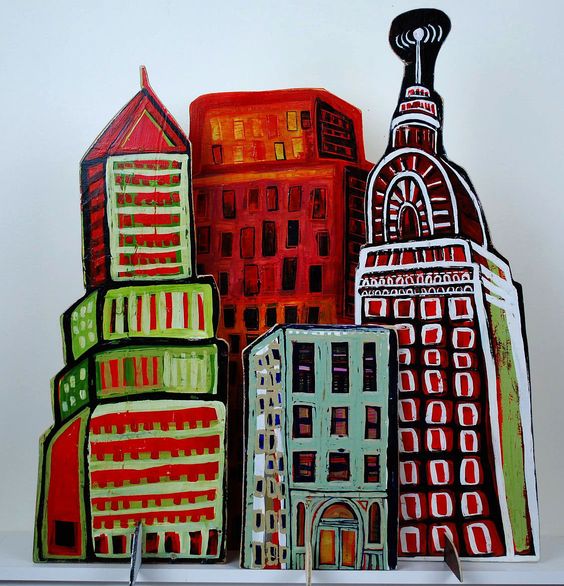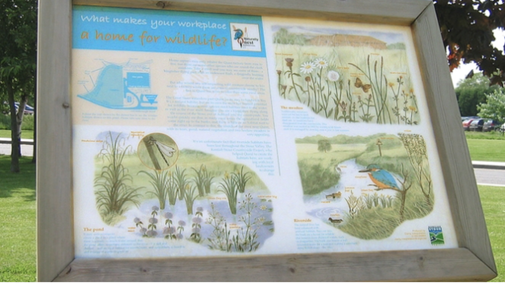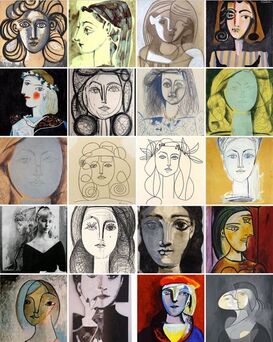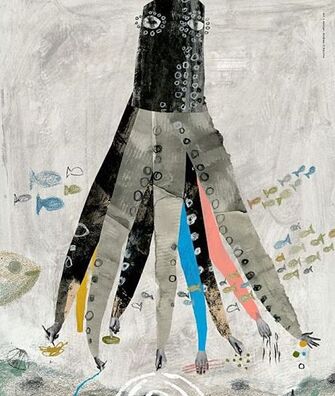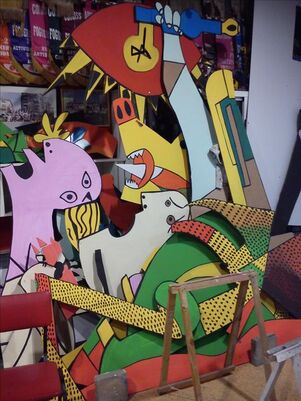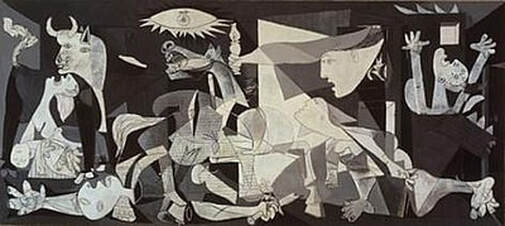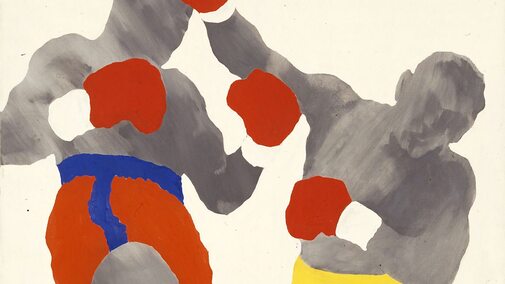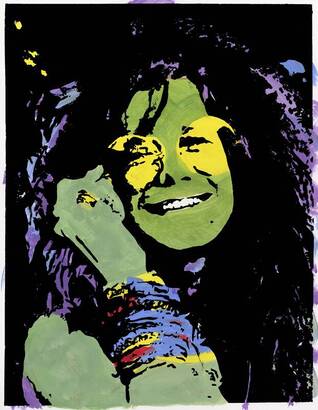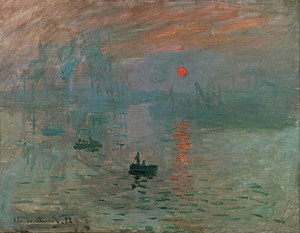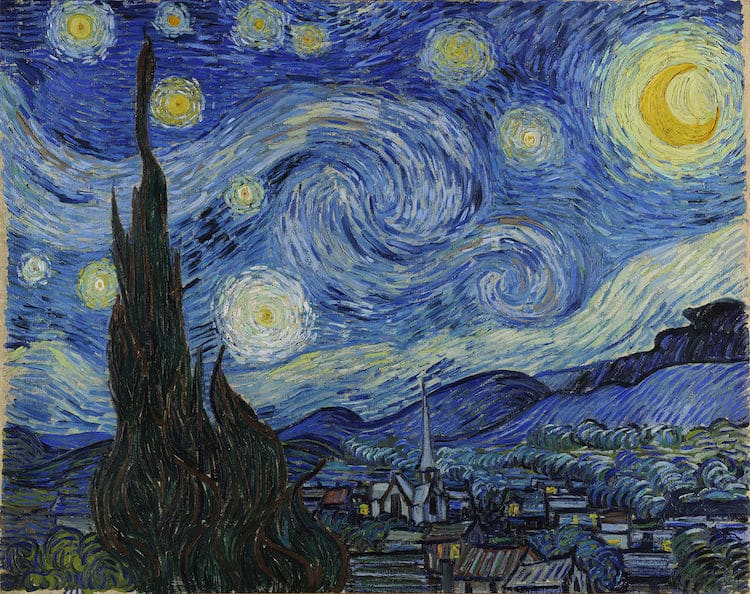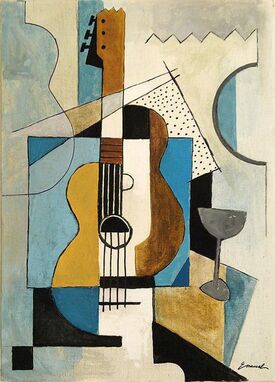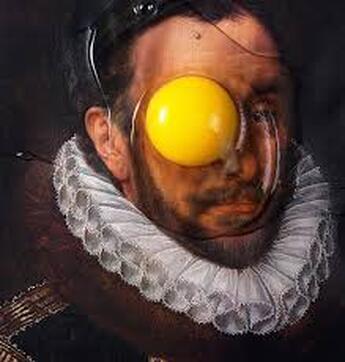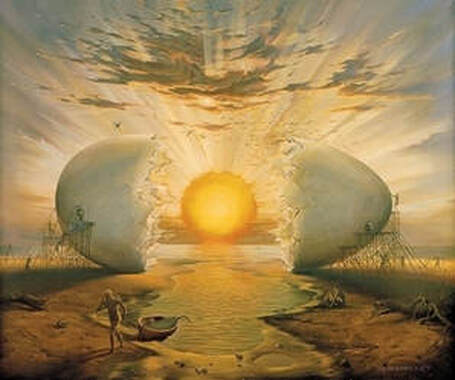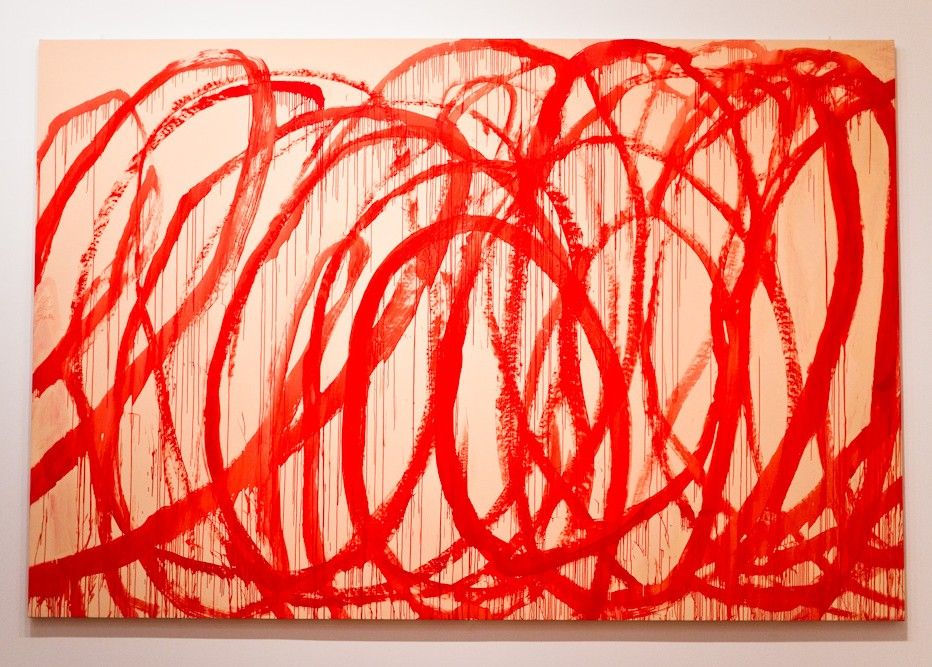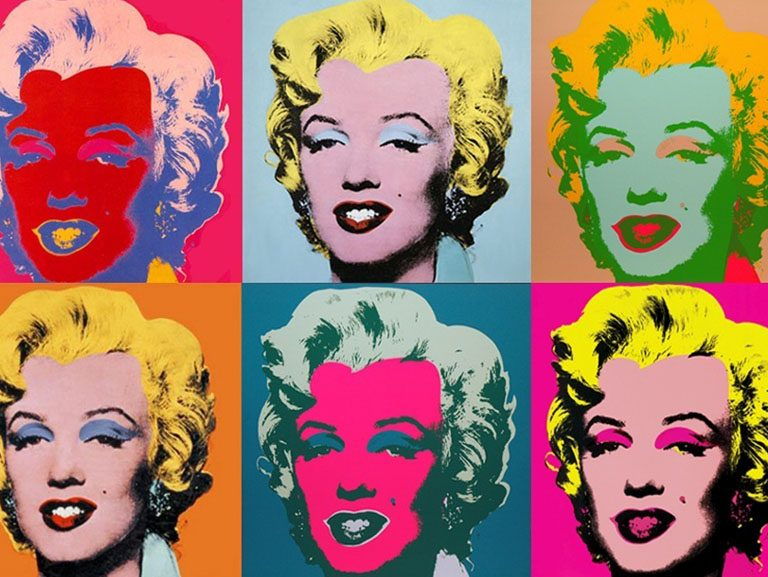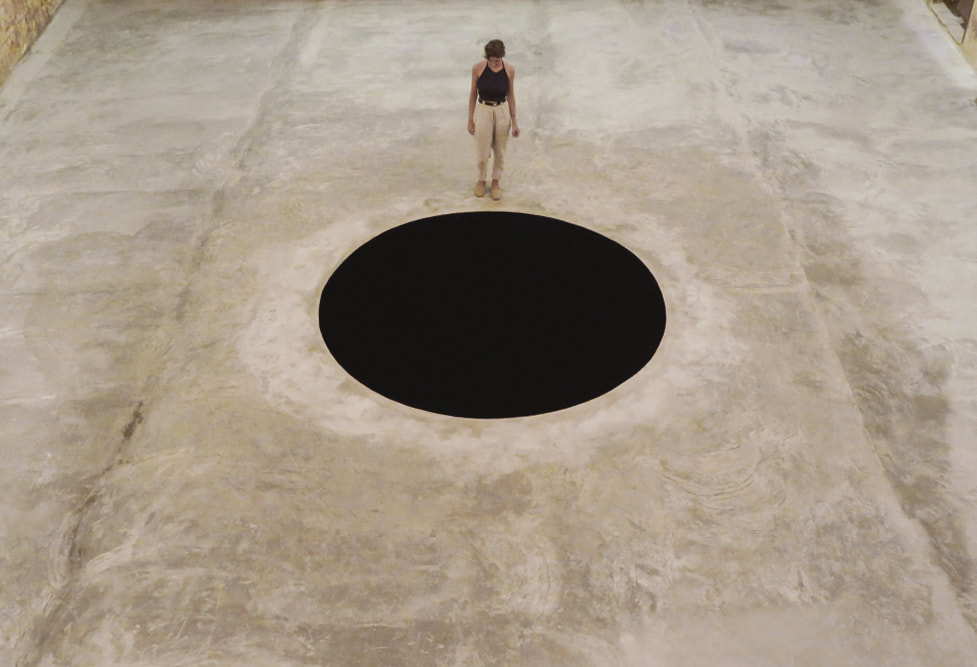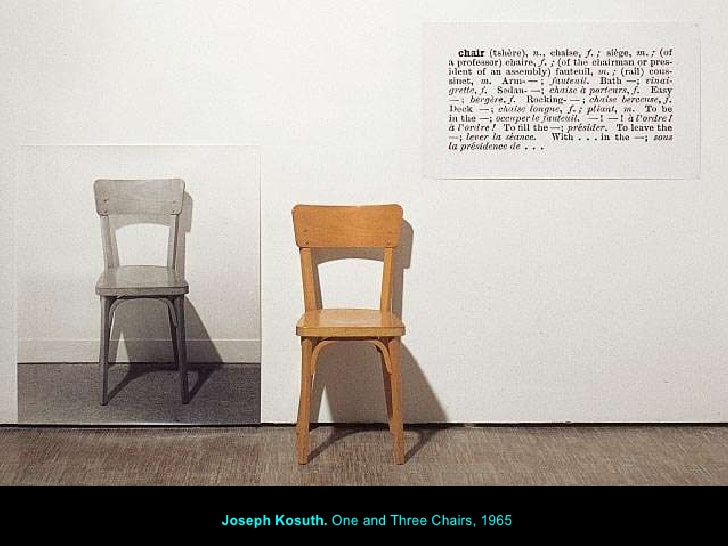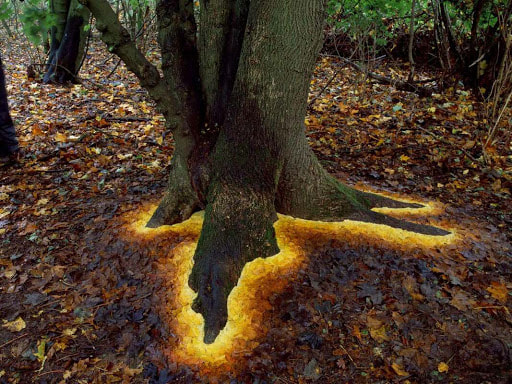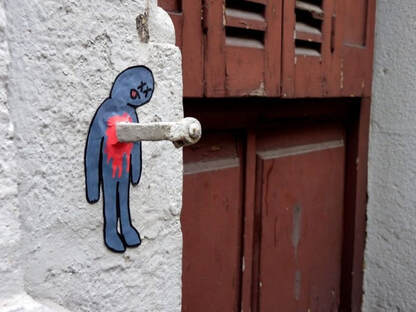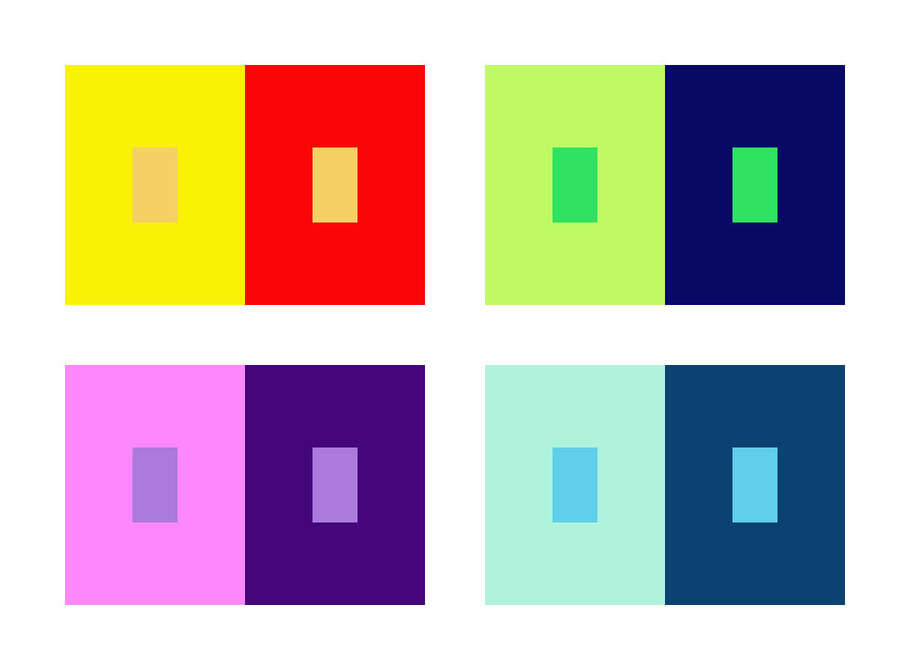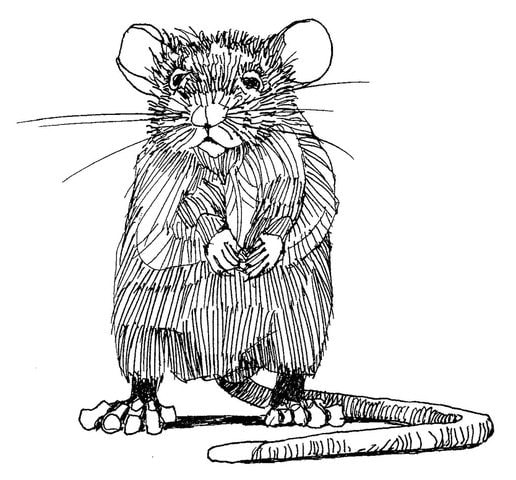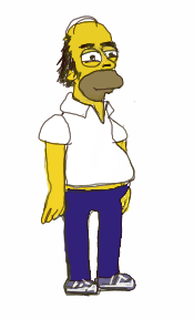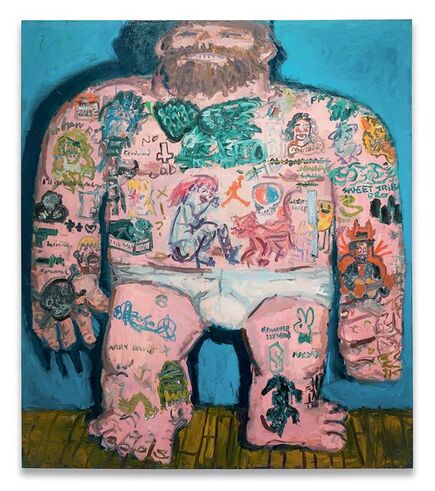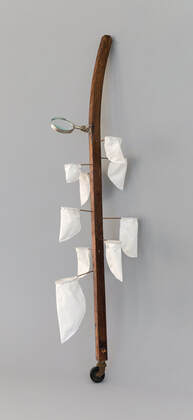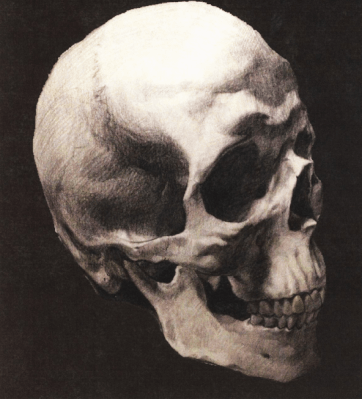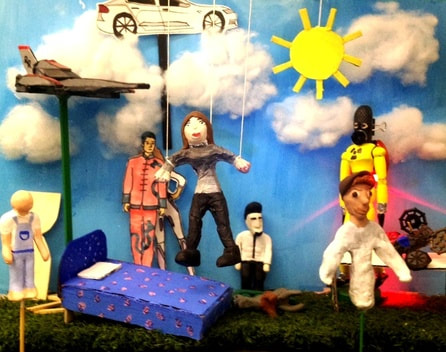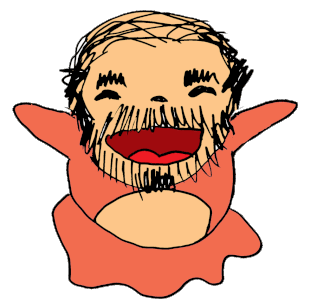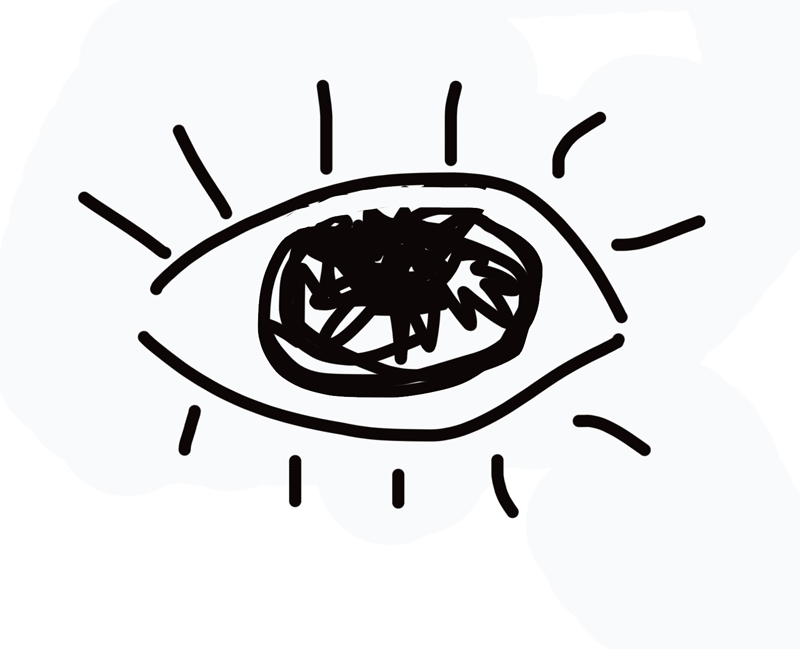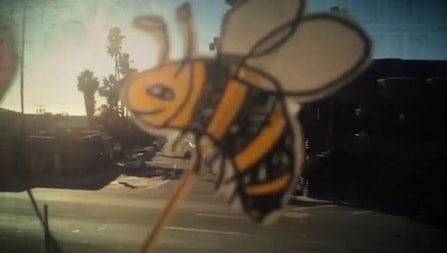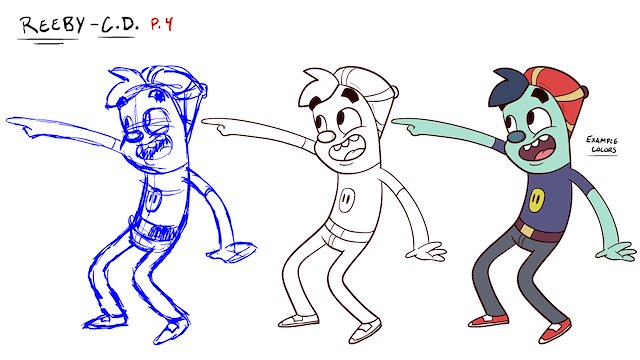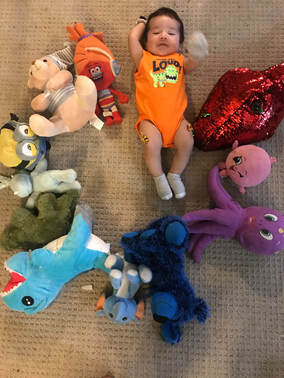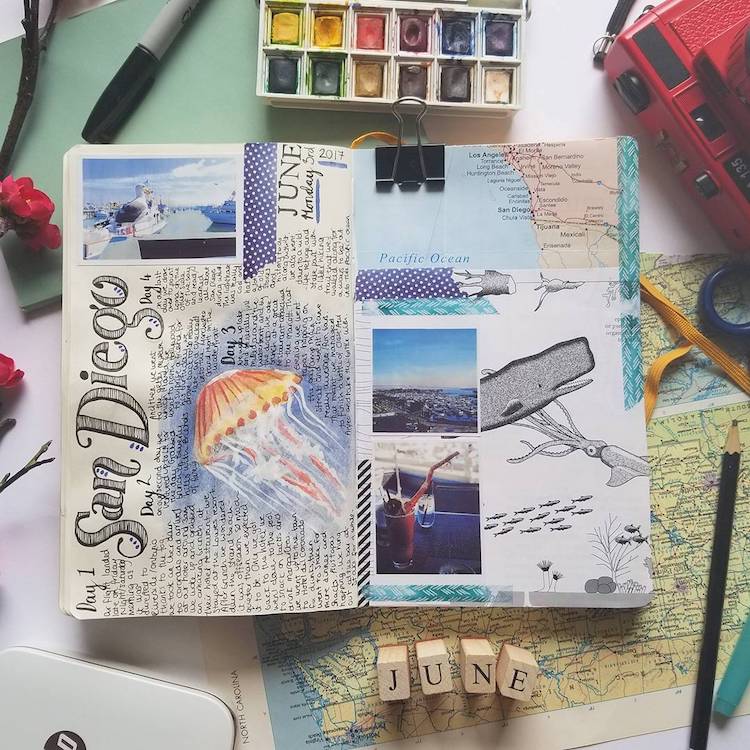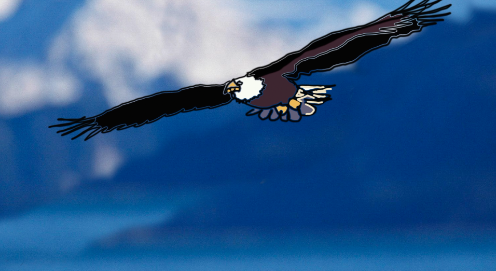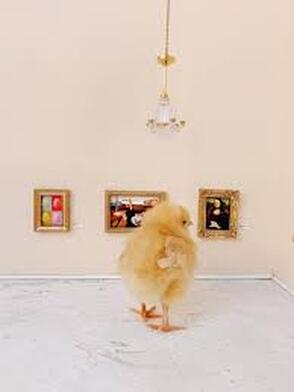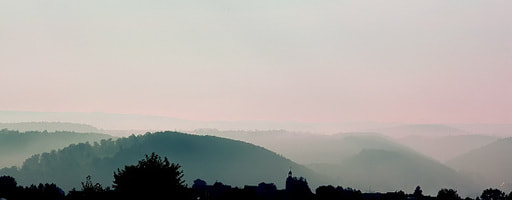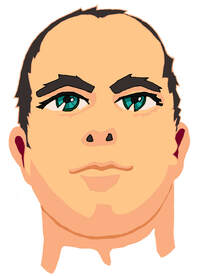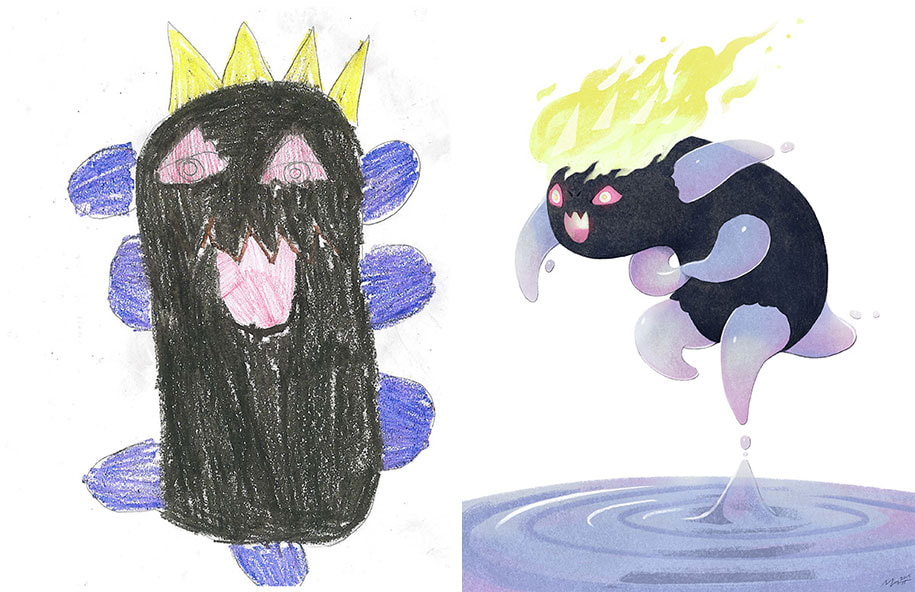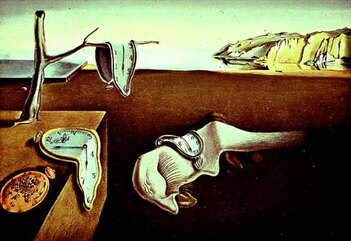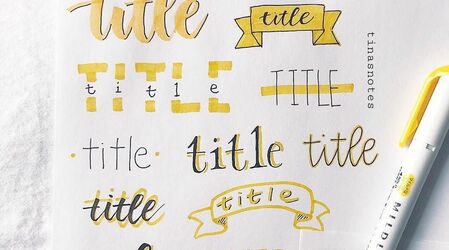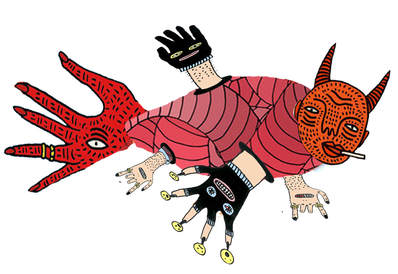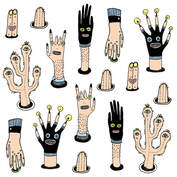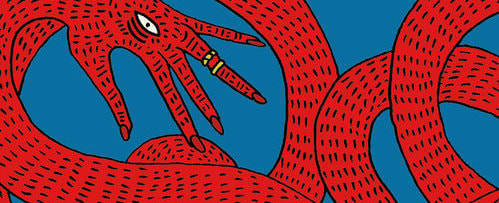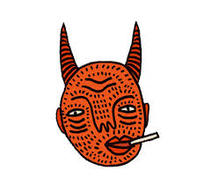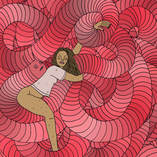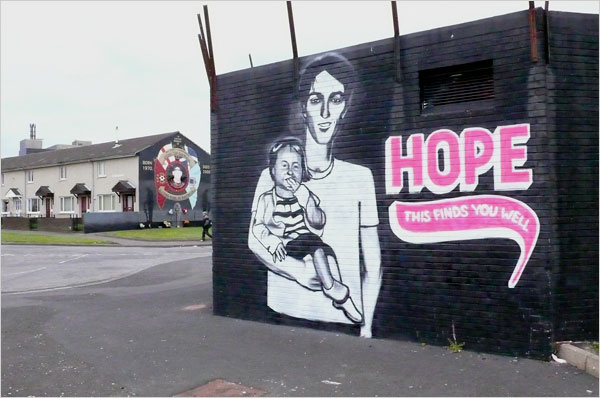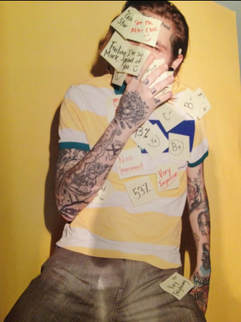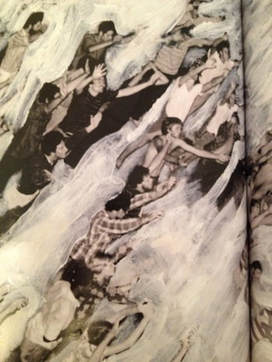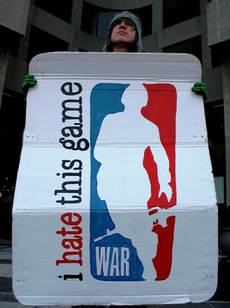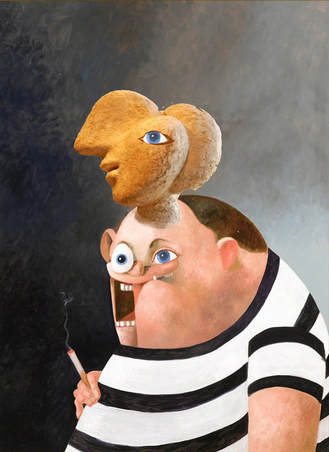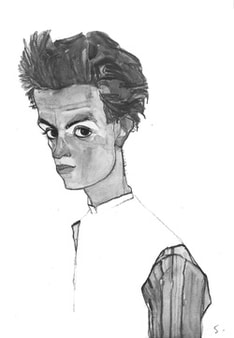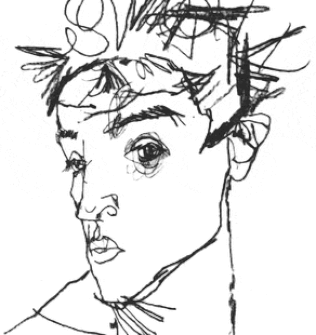Put your heart into it
|
They say, "Love makes the world go 'round", let's keep it spinning. This semester we will attempt to spread goodwill through enriching our selves, each other and the community. Art is a great gift to behold and to share. If we put the proper amount of love into our work, it will be recognized by those who view our creations. We will strive to work in service to our selves by learning the in's and out's of art and to our communities by making a charitable artistic donation to benefit a needy person, place or thing.
|
"Let's talk about art" - the slideshow
Let Love Rule
|
The focus of our efforts should be to inject as much love and care into our work as possible. It is visually evident in artwork that is created without proper; care, attention, devotion and love. Love encapsulates all of the positive elements that should go into one's work. Therefore as your teacher, I will be looking for the love in your efforts. Assignments will be assessed according to this matrix. Let's try to better our selves and our community through the pursuit of love....
|
Daily Art Journal
|
Expressive animals in the style of Henri Matisse.
We will create expressive paintings of the animal of your choice. The aim is to follow the recommended method to produce layered art with texture and pattern. Shape: the external form, contours, or outline of someone or something Texture: the feel, appearance, or consistency of a surface or substance. Pattern: a repeated form or design especially that is used to decorate something. |
Pigeons with Personality
|
We are looking to produce an assortment of thematic artwork in a variety of styles and mediums. The objective is to create artwork based on the life and environment you might find in the marine intertidal zone. Any style and medium in acceptable. The theme is coordinated with the research happening in environmental science. These artworks will be auctioned at our all school exhibition.
|
Masters in Pieces
Oh, Pop..!
Influential "Pop" artists to explore
Pop Portraits
Potential projects for the class of 2024:
The following projects are a pool of potential subjects we will explore during the semester. We will get to as many as time allows. Some may be altered, eliminated or expanded upon. It is most important that we grasp artistic concepts and develop projects with thoughtfulness and quality craftsmanship. Individual, Digital Portfolios, will host all of your projects and should exhibit well photographed and organized images supported by reflective written descriptions. Once the project is properly posted to the site, work will be assessed and graded.
The following projects are a pool of potential subjects we will explore during the semester. We will get to as many as time allows. Some may be altered, eliminated or expanded upon. It is most important that we grasp artistic concepts and develop projects with thoughtfulness and quality craftsmanship. Individual, Digital Portfolios, will host all of your projects and should exhibit well photographed and organized images supported by reflective written descriptions. Once the project is properly posted to the site, work will be assessed and graded.
Modern Art Timeline
100 Years in the
Western Civilization
1860's to 1960's
|
Abstract expressionism is a post–World War II art movement in American painting, developed in New York in the 1940s. It was the first specifically American movement to achieve international influence and put New York City at the center of the western art world, a role formerly filled by Paris. (Wikipedia)
|
|
Conceptual Art is more about developing an idea rather than a craft. The artist conceives of a project and artisans produce the physical art. Joseph Kosuth One and Three Chairs 1965 |
Assemblage Art
Collage
|
Collage describes both the technique and the resulting work of art in which pieces of paper, photographs, fabric and other ephemera are arranged and stuck down onto a supporting surface.
|
|
To prepare for a larger class project we will explore the artistic process by engaging in a mini-project of a similar theme. Going through specific art methods and procedures, should get us moving in the right direction as we kick off the semester. This mini-project will ask that we fantasize and have fun with a random object, the larger project will challenge us to reflect and take a look at ourselves through an intentional object, idol or savior.
|
Skull Animation
Frame Animation
Develop Your Character
|
The journal will be filled with art exercises and ideas of the work we explore in both Art and Humanities. We will make a simple book of hand produced artwork for the front and back covers, and all the pages in between with the purpose of creating a back story for our "fictional artist assignment". |
Chill Loop Animation
Anime Me
Creating a Monster
|
Recreate the pictorial elements of an existing artwork using related objects. Choose a famous work of art to "re-stage" from objects you gather at home. The objective is to transform the original into a surreal version by using alternative elements and keeping in step with the overall structure and composition of the original artwork. It should inevitably have Dada or surreal overtones. |
Derivative Characters
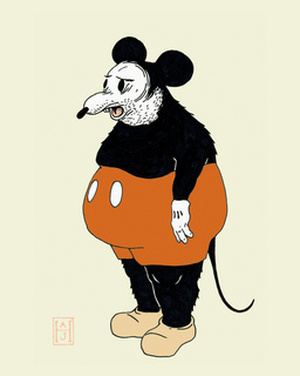
A derivative character is a creation inspired or "derived" from an existing illustration, but is altered enough to allow it to stand on its own and become a new original.
Essential Question:
Can you create a character that transcends the original and can stand on its own as a new original?
Essential Question:
Can you create a character that transcends the original and can stand on its own as a new original?
|
|
"Create and Animate"
First create a painting, then digitally animate this work of art, then compose original music. Combine all together to produce a Youtube music video in the vein of the "Chill Lounge", music to dream to.... |
Re-Contextualize
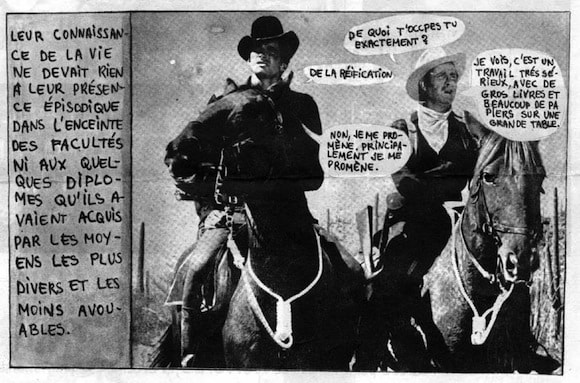
Similar to a "meme", we will take an existing image and recreate an alternative story that tells an opposing perspective. We will choose a magazine image and re-contextualize the message in the spirit of the french, "Situationalists".
Personalized Logo: Artistic Identity
Fine Art Reconfigured
A Virtual Mural: Making a Statement
|
Find an empty wall in your neighborhood and visualize a mural that could be virtually photoshopped onto that wall. The visual of the mural should somehow relate to the culture of the neighborhood. It should reflect or react to existing ideas, activities and issues relevant to the community. What is the purpose of the wall..? How can a wall affect change..? |
Post-It Portrait: Who am I..?

Use a well conceived and stylistically deliberate, portrait photograph. Experiment with surrealist aesthetics and sensibilities to produce a mind-freaking portrait image that connects the subject to their purpose.
You Deserve an Award..!
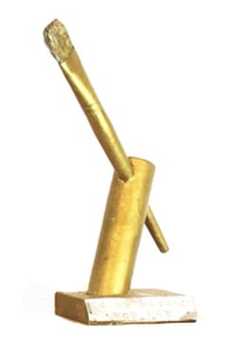
In the spirit of the Surrealists and Dadaists, an art movement of the 1910's-20's, we will create a "Ready-made" award to our cultural values. The award will consist of a "found object" that already exists. We will construct a base, a plaque and paint the whole thing gold, or whatever color you choose to unify the assemblage
Imperfect Art
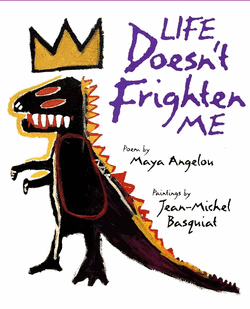
In the spirit of the famed 1980's New York artist, Jean-Michel Basquiat, and poet, activist, Maya Angelou, we will create illustrated poems that examine cultural norms and stereotypes. We will imitate the expressive, primal, almost childlike art of Basquiat.
Fine Art Mash-up
|
This painting project requires that we search for and discover two favorite artists, mash the images together, and reproduce in acrylic paint. The twist will be to introduce a new contemporary artist with an older artist in and interesting and relevant manner. You might choose artists that have elements that engage one another conceptually or stylistically. |

